Free printable daily behavior charts are a powerful tool for tracking and improving behavior. Whether in classrooms, at home, or in therapy sessions, these charts provide a structured way to monitor progress and encourage positive habits. In this guide, we’ll explore the benefits of using daily behavior charts, provide step-by-step instructions for creating your own, and offer tips for effective tracking and goal setting.
Let’s dive in and discover how these charts can make a difference!
Introduction to Daily Behavior Charts
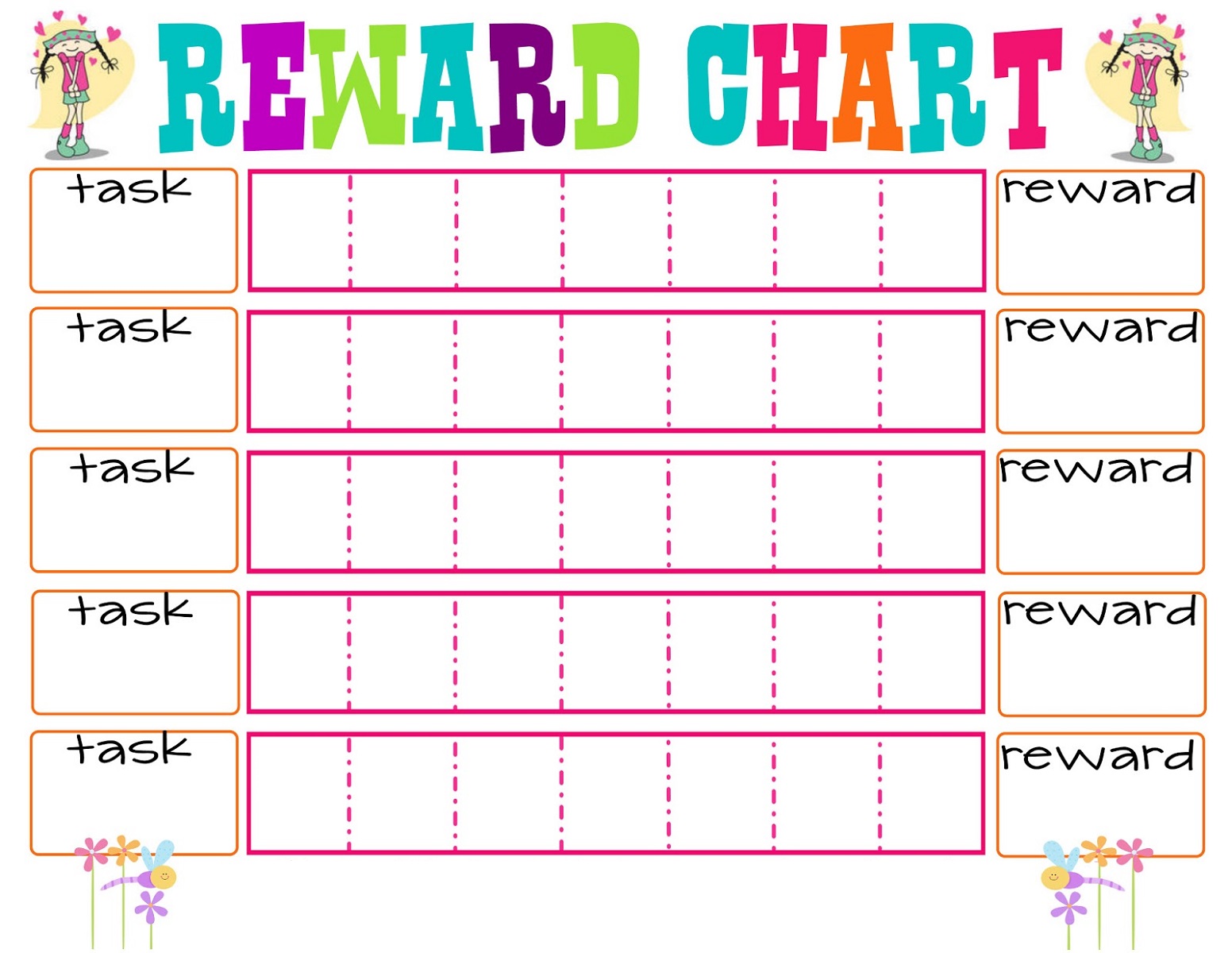
Daily behavior charts are effective tools for tracking and improving behavior in various settings. They provide a visual representation of a person’s behavior over time, allowing for easy monitoring and assessment. By using daily behavior charts, individuals can set goals, track progress, and implement strategies to modify and improve their behavior.
There are several benefits to using daily behavior charts. Firstly, they provide structure and routine, which can be particularly helpful for individuals who struggle with self-regulation. Daily behavior charts also promote accountability and responsibility, as individuals are encouraged to take ownership of their actions and monitor their progress.
Looking for a free November printable calendar? We’ve got you covered! Say goodbye to buying expensive calendars and say hello to our free November printable calendar . With this printable calendar, you can easily keep track of all your important dates and events throughout the month.
Whether it’s for work, school, or personal use, our printable calendar offers a simple and organized way to plan your month ahead. So, don’t waste any more time searching for calendars, click the link and start printing your free November calendar today!
Additionally, these charts can enhance communication and collaboration between individuals, parents, teachers, or therapists, as they provide a shared platform for discussing behavior and setting goals.
Situations where Daily Behavior Charts can be Helpful, Free printable daily behavior charts
Daily behavior charts can be beneficial in various settings, such as:
- In classrooms: Daily behavior charts can help teachers track and manage the behavior of students, providing a visual representation of their progress and identifying areas for improvement.
- At home: Parents can use daily behavior charts to monitor and reinforce positive behavior in their children, encouraging them to develop good habits and routines.
- In therapy sessions: Therapists can utilize daily behavior charts to track the progress of their clients, identifying patterns and trends that may require further attention or modification.
Key Components of a Daily Behavior Chart
A well-designed daily behavior chart typically includes the following key components:
- Target behaviors: Clearly define the behaviors that are being tracked and monitored. These can be specific actions, such as completing homework or following instructions, or broader areas, such as self-control or social skills.
- Rewards: Determine the incentives or rewards that will be provided when the individual meets the desired behavior goals. These rewards can be tangible items, privileges, or praise and recognition.
- Tracking methods: Choose a tracking method that suits the individual’s needs and preferences. This can include checklists, stickers, or color-coding systems. The tracking method should be simple and easy to use, allowing for regular updates and monitoring.
Creating Free Printable Daily Behavior Charts
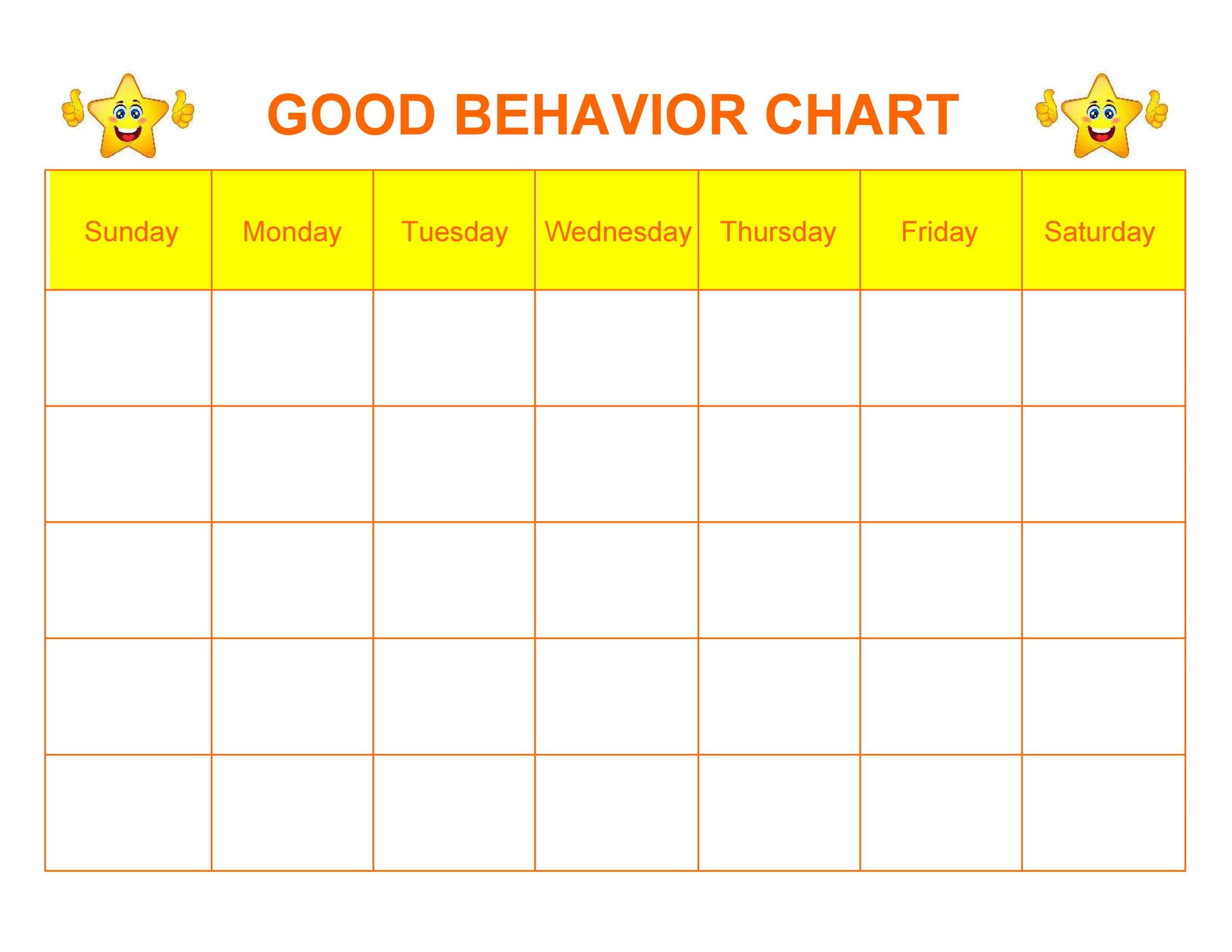
Creating a free printable daily behavior chart can be a fun and effective way to track and encourage positive behaviors. Here are some step-by-step instructions for designing and creating your own behavior chart:
Step 1: Determine the Purpose and Goals
Before starting the design process, it’s important to determine the purpose and goals of your behavior chart. Are you using it for a specific behavior or multiple behaviors? Are you focusing on positive reinforcement or tracking negative behaviors? Clarifying your objectives will help guide your design choices.
Step 2: Choose a Software or Online Tool
There are several software and online tools available that can help you create customized behavior charts. Here are a few popular options:
- Microsoft Word or Google Docs:These word processing programs offer a range of templates and design options that you can use to create your behavior chart.
- Canva:Canva is a user-friendly graphic design tool that provides a variety of templates and customization options for creating behavior charts.
- Adobe Spark:Adobe Spark offers a collection of templates and design features specifically tailored for creating visual content, including behavior charts.
Step 3: Select Visuals, Colors, and Layout
When designing your behavior chart, it’s important to select visuals, colors, and layouts that are visually appealing and easy to understand. Here are some tips and ideas:
- Use clear and recognizable icons or symbols to represent behaviors. This can help make the chart more engaging and easier for children to understand.
- Choose colors that are visually appealing and evoke positive emotions. Consider using a color scheme that aligns with the purpose of the behavior chart (e.g., calming colors for relaxation goals).
- Organize the layout of the chart in a logical and easy-to-follow manner. Consider using columns or rows to separate different behaviors or time periods.
Remember, the visual design of your behavior chart should be tailored to the preferences and needs of the individual using it. Take into account their age, interests, and any sensory considerations.
Step 4: Customize and Print
Once you have selected your software or online tool and designed your behavior chart, it’s time to customize and print it. Add the specific behaviors or goals you want to track and any additional instructions or rewards. Consider laminating the chart or placing it in a protective sleeve so that it can be reused.
Step 5: Implement and Track Progress
Now that your behavior chart is complete, it’s time to implement it and start tracking progress. Make sure to explain the chart to the individual using it and establish clear expectations. Encourage them to track their own progress and provide positive reinforcement for meeting goals or displaying positive behaviors.
Regularly review and discuss the chart to celebrate achievements and identify areas for improvement.Creating a free printable daily behavior chart can be a valuable tool for promoting positive behaviors and tracking progress. By following these step-by-step instructions and utilizing software or online tools, you can design a customized behavior chart that meets your specific needs.
Tracking Behavior with Daily Behavior Charts
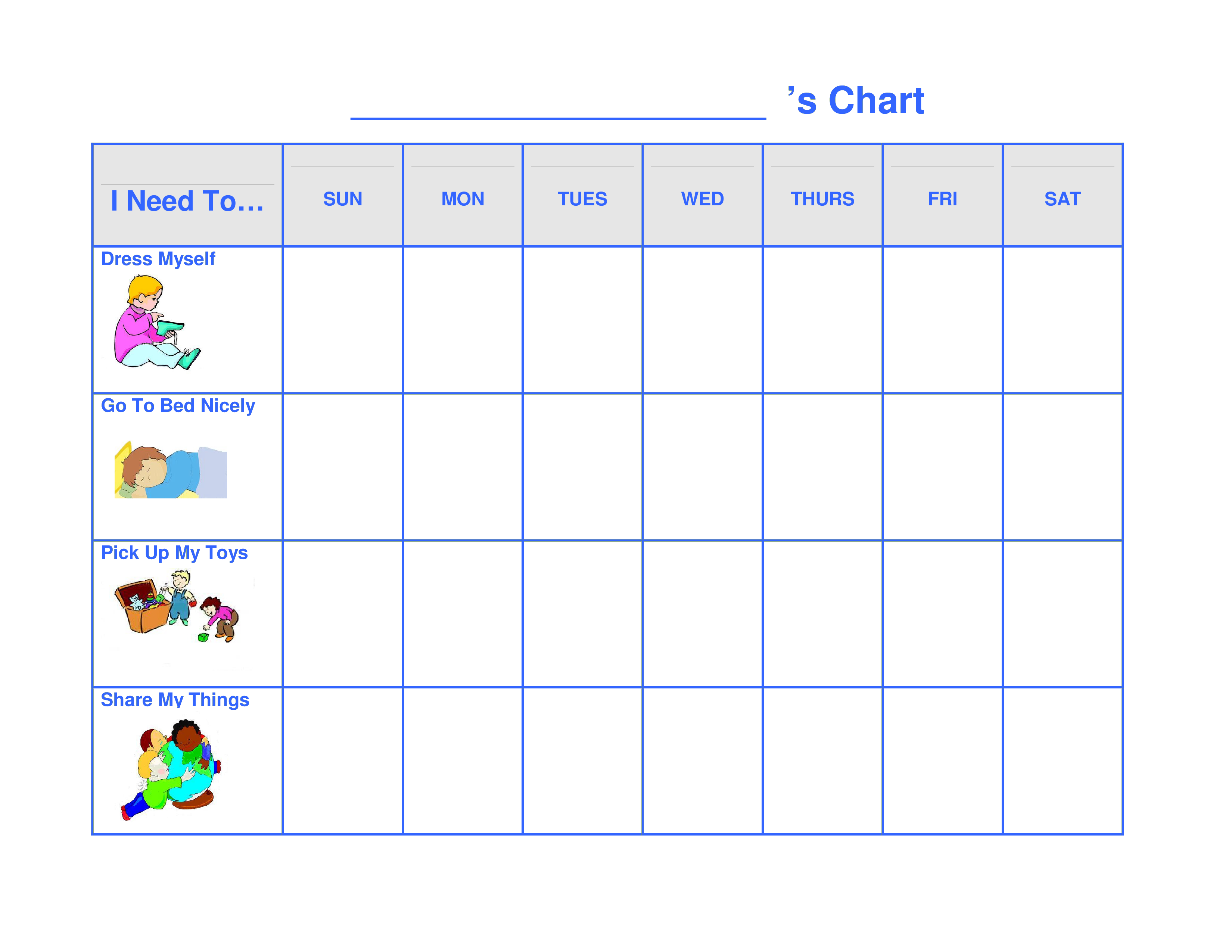
Daily behavior charts can be an effective tool for tracking and monitoring behavior. There are various methods that can be used to track behavior using these charts, such as checkmarks, stickers, or color-coding.Tracking behavior using checkmarks involves placing a checkmark next to each desired behavior that the child or student successfully exhibits throughout the day.
This method is simple and straightforward, allowing for easy visual representation of progress. Stickers can also be used in a similar manner, where a sticker is placed on the chart for each positive behavior displayed. This can add an element of fun and motivation for children.Color-coding
is another method that can be used to track behavior. Different colors can be assigned to different behaviors, and each time the child or student exhibits a particular behavior, the corresponding color is marked on the chart. This method allows for easy identification and recognition of specific behaviors.Consistent
and accurate tracking is essential when using daily behavior charts. It is important to record each instance of the desired behavior accurately to monitor progress effectively. This tracking helps to identify patterns and trends in behavior, allowing for targeted interventions and support if needed.
Are you a baseball enthusiast looking for a printable baseball score card? Look no further! We have a great resource for you. Check out this baseball score card printable where you can easily record and keep track of all the important details of your favorite baseball games.
Whether you’re a player, a coach, or simply a fan, this printable score card is perfect for you. It provides a convenient way to document the game’s progress, including the scores, innings, and player statistics. So, grab your pens and get ready to enjoy the game while keeping score!
It also provides a visual representation of progress, which can serve as motivation for both the child or student and the parents or teachers.Involving children or students in the tracking process is crucial to promote ownership and motivation. They can be encouraged to take an active role in marking their own charts, which increases their sense of responsibility and accountability.
This involvement also allows them to visually see their progress and achievements, fostering a sense of accomplishment and pride.By using different tracking methods, ensuring consistent and accurate tracking, and involving children or students in the process, daily behavior charts can be an effective tool for monitoring behavior, promoting positive changes, and fostering a sense of ownership in children and students.
Setting Goals and Rewards with Daily Behavior Charts: Free Printable Daily Behavior Charts
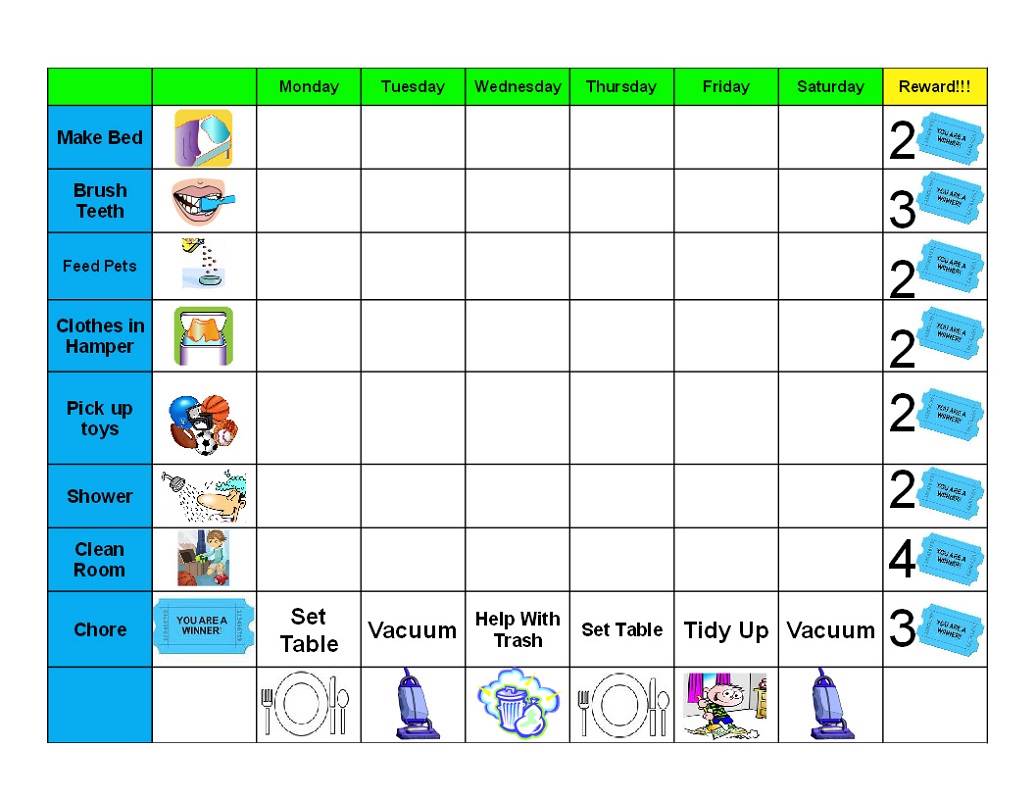
Setting clear and achievable goals is essential for behavior improvement when using daily behavior charts. These goals provide a focus for both the child and the parent or teacher, giving them something to work towards. Goals should be specific and measurable, allowing progress to be easily tracked and celebrated.
Examples of Specific and Measurable Goals
- Achieving a certain number of stickers or points on the behavior chart each day
- Completing homework or chores without reminders
- Using polite language and manners consistently
- Keeping a clean and organized workspace
- Following instructions without arguing or complaining
It is important to note that the goals should be realistic and attainable for the child’s age and abilities. Setting goals that are too difficult or unrealistic can lead to frustration and a lack of motivation.
Selecting Appropriate Rewards and Incentives
- Verbal praise and positive reinforcement: Simple words of encouragement and recognition can go a long way in motivating a child.
- Small treats or privileges: Offering a small reward, such as a favorite snack or extra playtime, can be an effective incentive.
- Sticker charts and token systems: Using a visual representation of progress, such as a sticker chart or a token system, can provide a tangible reward for the child.
- Special activities or outings: Planning a special activity or outing as a reward for achieving a set number of goals can be highly motivating.
- Delayed rewards: Teaching delayed gratification by offering a larger reward or privilege after a certain period of consistent positive behavior.
Remember, the chosen rewards and incentives should be meaningful and appealing to the child. It is important to consider their interests and preferences when selecting rewards.
Additional Resources for Free Printable Daily Behavior Charts
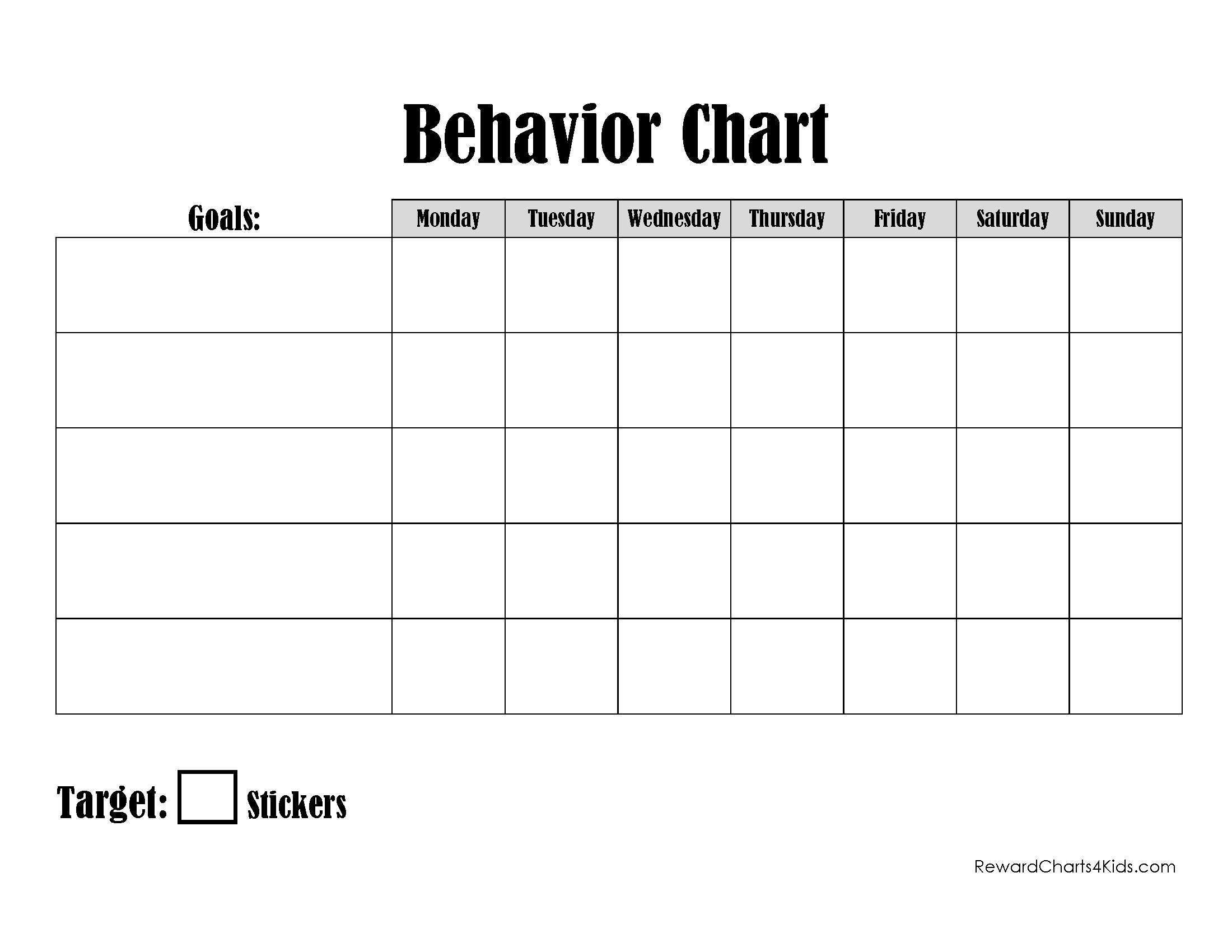
If you’re looking for free printable daily behavior charts, there are several websites and online platforms where you can find them. These resources can be a great help in tracking and managing behavior, whether it’s for yourself, your child, or your students.
Here are some places where you can find free printable daily behavior charts:
Websites and Online Platforms
1. Free Printable Behavior Charts : This website offers a wide variety of behavior charts for different age groups and behaviors. You can choose from daily, weekly, or monthly charts and customize them according to your needs.
2. Reward Charts 4 Kids : This website provides behavior charts that focus on positive reinforcement. You can find charts for chores, potty training, and other specific behaviors.
3. Twinkl : Twinkl offers a range of printable behavior charts that are designed for teachers and parents. They have charts for classroom behavior, homework, and more.
4. Education.com : This website offers a collection of behavior charts that cover a wide range of behaviors and age groups. You can download and customize the charts to suit your needs.
Advantages of Using Pre-designed Behavior Charts and Templates
Using pre-designed behavior charts and templates can be beneficial for several reasons:
- Time-saving: Pre-designed charts save you the time and effort of creating a chart from scratch.
- Professional-looking: These charts are often designed by experts and come in visually appealing formats.
- Customizable: Most pre-designed charts can be customized to fit your specific needs and requirements.
- Structured approach: The charts provide a structured and organized way to track behavior and progress.
Tips for Customizing and Personalizing Behavior Charts
While pre-designed behavior charts are a great starting point, you may want to customize and personalize them to meet your specific needs. Here are some tips to help you do that:
- Choose the right chart: Select a chart that aligns with the behavior you want to track and the age group of the individual.
- Add specific behaviors: Customize the chart by adding specific behaviors that you want to focus on.
- Set achievable goals: Set realistic and achievable goals for the behavior you want to improve.
- Add rewards: Personalize the chart by adding rewards that are meaningful and motivating for the individual.
- Track progress: Use the chart to track progress over time and make adjustments as needed.